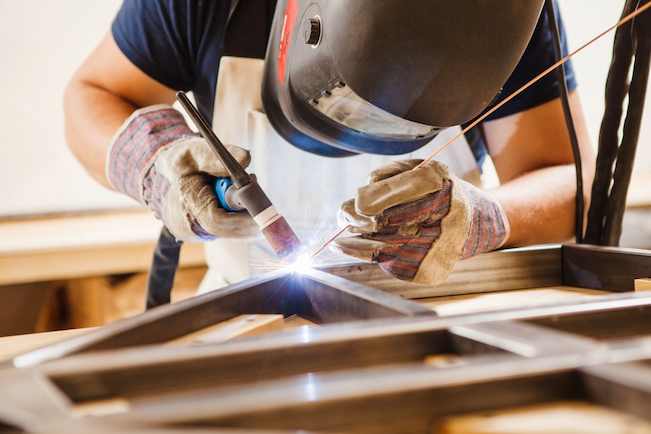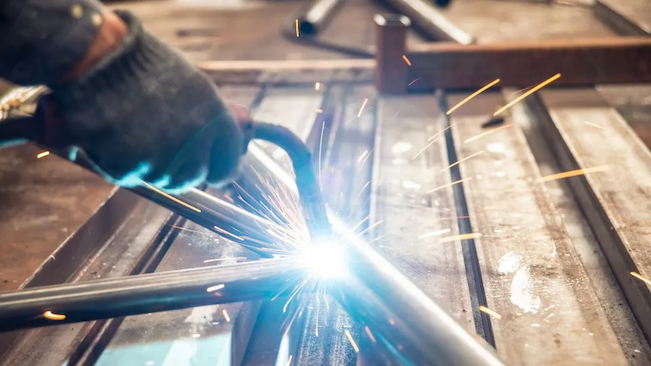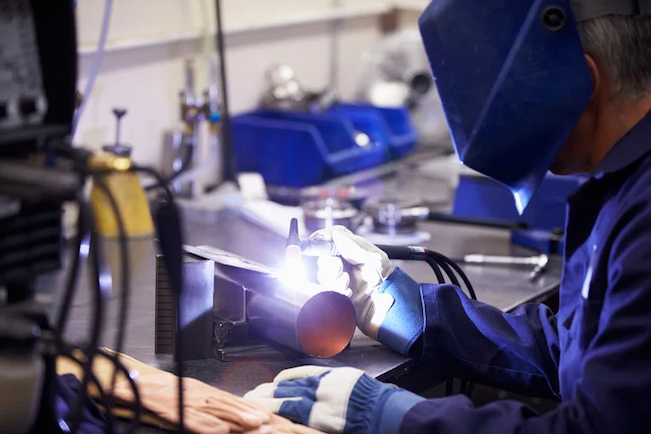Welding is a fundamental process in various industries, from construction and manufacturing to automotive and aerospace. At the heart of this process are welding electrodes, commonly referred to as welding wires. These essential components play a critical role in ensuring the strength, durability, and quality of welded joints. In this article, we delve into the types, functions, and advancements in welding electrodes, providing a comprehensive understanding of their importance in modern welding practices.
What Are Welding Electrodes?

Welding electrodes are metallic rods or wires used to create an electric arc that melts and fuses materials together. They are a crucial part of the welding process, acting as a filler material that joins the base metals. There are two main types of wires for welding: consumable and non-consumable.
- Consumable Electrodes: These electrodes melt during the welding process and become part of the weld. They are commonly used in processes such as Metal Inert Gas (MIG) welding and Shielded Metal Arc Welding (SMAW), also known as stick welding.
- Non-Consumable Electrodes: These electrodes do not melt during welding. Instead, they create an arc that melts the base materials. Tungsten Inert Gas (TIG) welding is a primary example, where a tungsten electrode is used.
Types of Welding Electrodes
Welding electrodes come in various types, each designed for specific applications and materials. Understanding the different types is crucial for selecting the right electrode for a particular welding job.
- Mild Steel Electrodes: These are the most common type of electrodes, suitable for welding low-carbon steel. They are known for their versatility and ease of use, making them popular in general welding applications.
- Stainless Steel Electrodes: These electrodes are designed for welding stainless steel, offering excellent corrosion resistance and strength. They are used in applications where the welded joint needs to withstand harsh environments.
- Aluminum Electrodes: Specifically designed for welding aluminum, these electrodes provide good conductivity and are essential in industries such as automotive and aerospace.
- Cast Iron Electrodes: These electrodes are used for welding cast iron, which requires special considerations due to its brittle nature. They are often used in repair work and applications involving cast iron machinery.
- Specialty Electrodes: These include electrodes designed for welding specific alloys, hardfacing, and other specialized applications. They are engineered to meet the unique demands of particular welding tasks.
Functions of Welding Electrodes

The primary function of welding electrodes is to create a strong, durable weld by providing filler material that fuses the base metals. However, their role extends beyond merely joining materials. Key functions include:
- Arc Stability: Welding electrodes help maintain a stable arc, which is essential for producing consistent, high-quality welds. A stable arc ensures uniform heat distribution, reducing the risk of defects.
- Shielding the Weld Pool: Many electrodes come with a flux coating that generates a shielding gas when heated. This gas protects the weld pool from contaminants in the air, such as oxygen and nitrogen, which can cause defects.
- Providing Alloying Elements: Some electrodes are designed to add specific alloying elements to the weld, enhancing its properties. For example, stainless steel electrodes add chromium and nickel, improving corrosion resistance.
- Slag Formation: The flux coating on certain electrodes creates a slag layer that covers the weld pool. This slag protects the molten weld from oxidation and helps shape the weld bead.
Advancements in Welding Electrodes
The field of welding electrodes has seen significant advancements over the years, driven by the need for better performance, efficiency, and safety. Some notable innovations include:
- Low-Hydrogen Electrodes: These electrodes are designed to minimize hydrogen content, reducing the risk of hydrogen-induced cracking. They are particularly important in welding high-strength steels.
- Improved Flux Coatings: Advances in flux formulations have led to coatings that provide better arc stability, reduced spatter, and improved slag removal. These enhancements contribute to higher quality welds and easier post-weld cleaning.
- High-Performance Alloys: New alloy compositions in welding electrodes offer superior mechanical properties, corrosion resistance, and heat tolerance. These advancements are critical in demanding applications such as offshore and aerospace.
- Automation Compatibility: Modern welding electrodes are designed to be compatible with automated welding systems. This includes electrodes with consistent wire feed rates and coatings that ensure reliable performance in robotic welding applications.
Selecting the Right Welding Electrode

Choosing the appropriate welding electrode is crucial for achieving the desired weld quality and performance. Key factors to consider include:
- Material Compatibility: Ensure the electrode is compatible with the base materials being welded. This includes considering the type of metal, thickness, and any specific properties required in the weld.
- Welding Process: Different welding processes require different types of electrodes. For example, MIG welding uses consumable wire electrodes, while TIG welding uses non-consumable tungsten electrodes.
- Weld Position: Some electrodes are better suited for certain welding positions (e.g., flat, vertical, overhead). Selecting an electrode designed for the specific position can improve weld quality.
- Environmental Conditions: Consider the environmental conditions in which the welding will take place. Factors such as temperature, humidity, and exposure to corrosive elements can influence electrode selection.
Conclusion
Welding electrodes, or wires for welding, are indispensable in the world of welding. They not only facilitate the joining of materials but also ensure the integrity and longevity of the weld. As technology continues to advance, welding electrodes are becoming more specialized and efficient, meeting the ever-evolving demands of various industries. Whether you are a professional welder or an industry specialist, understanding the types, functions, and advancements in welding electrodes is essential for achieving optimal welding outcomes.
























